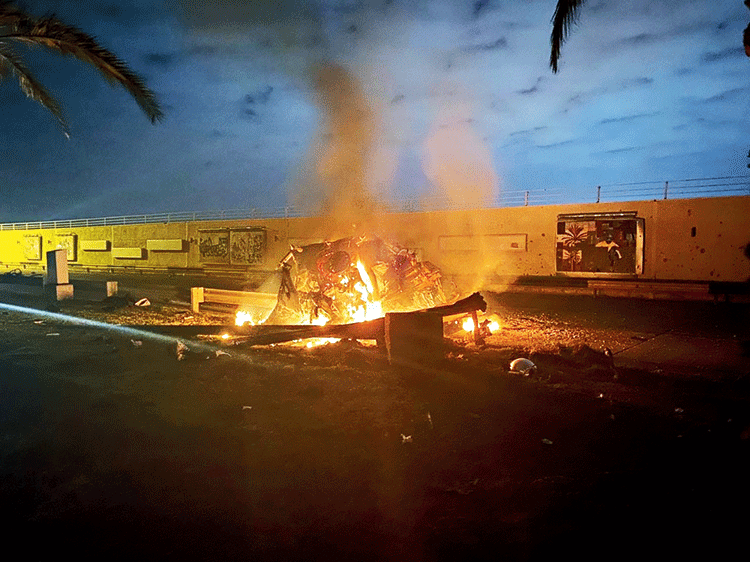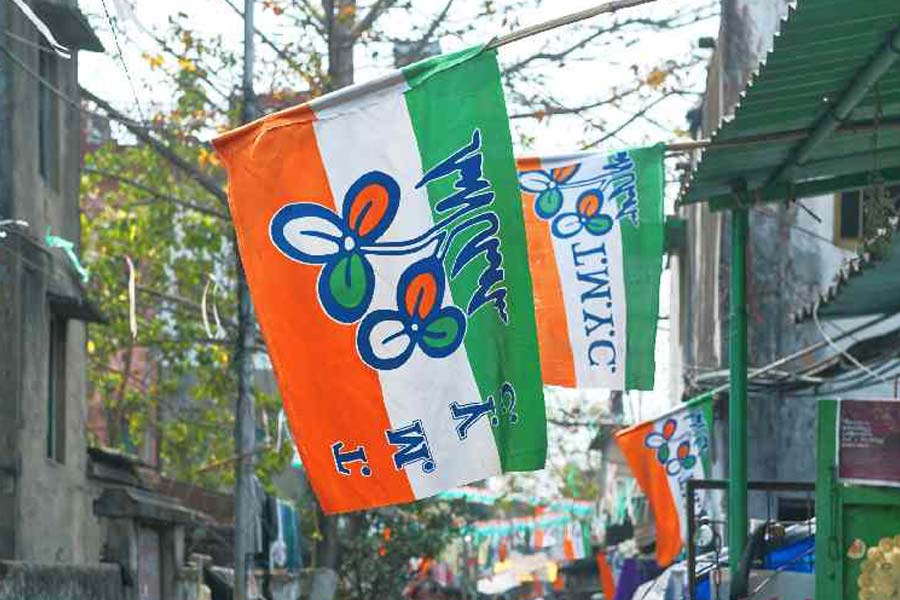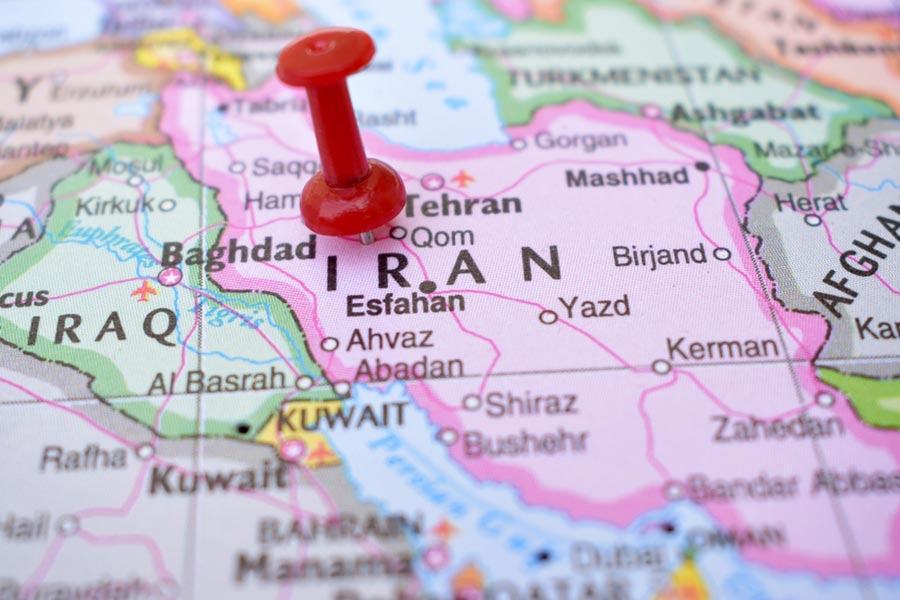Iran’s top security and intelligence commander was killed early Friday in a drone strike at Baghdad International Airport that was authorised by President Donald Trump, American officials said.
The commander, Major General Qassem Soleimani, who led the powerful Quds Force of the Islamic Revolutionary Guards Corps, was killed along with several officials from Iraqi militias backed by Tehran when an American MQ-9 Reaper drone fired missiles into a convoy that was leaving the airport.
General Soleimani was the architect of nearly every significant operation by Iranian intelligence and military forces over the past two decades, and his death was a staggering blow to Iran at a time of sweeping geopolitical conflict.
The strike was also a serious escalation of Trump’s growing confrontation with Tehran, one that began with the death of an American contractor in Iraq in late December.
In Iran, the leadership convened an emergency security meeting. And the country’s supreme leader, Ayatollah Ali Khamenei, issued a statement calling for three days of public mourning and then retaliation.
“His departure to God does not end his path or his mission,” the statement said, “but a forceful revenge awaits the criminals who have his blood and the blood of the other martyrs last night on their hands.”
US officials were braced for potential Iranian retaliatory attacks, possibly including cyberattacks and terrorism, on American interests and allies.
Israel, too, was preparing for Iranian strikes. Some of the country’s most popular tourist sites, including the ski resort at Hermon, were closed, and the armed forces went on alert, officials said.
From the start of the Syrian civil war, General Soleimani was one of the chief leaders of an effort to protect President Bashar al-Assad of Syria — an important Iranian ally — that brought together disparate militias, national security forces and regional powers, including Russia in recent years.
But that was far from the only front he operated on.
American officials accuse General Soleimani of causing the deaths of hundreds of soldiers during the Iraq war, when he provided Iraqi insurgents with advanced bomb-making equipment and training. They also say he has masterminded destabilising Iranian activities that continue throughout West Asia and are aimed at the US, Israel and Saudi Arabia.
“General Soleimani was actively developing plans to attack American diplomats and service members in Iraq and throughout the region,” the Pentagon said in a statement. “General Soleimani and his Quds Force were responsible for the deaths of hundreds of American and coalition service members and the wounding of thousands more.”
It did not elaborate on the specific intelligence that led them to carry out General Soleimani’s killing. The highly classified mission was set in motion after the American contractor’s death on December 27 during a rocket attack by an Iranian-backed militia, a senior American official said.
In killing General Soleimani, Trump took an action that Presidents George W. Bush and Barack Obama had rejected, fearing it would lead to war between the US and Iran.
While many Republicans said that the President had been justified in the attack, Trump’s most significant use of military force to date, critics of his Iran policy called the strike a reckless unilateral escalation that could have drastic and unforeseen consequences that could ripple violently throughout West Asia.
“Soleimani was an enemy of the United States. That’s not a question,” Senator Christopher S. Murphy, Democrat of Connecticut, wrote on Twitter. “The question is this — as reports suggest, did America just assassinate, without any congressional authorisation, the second most powerful person in Iran, knowingly setting off a potential massive regional war?”
Iran’s foreign minister, Javad Zarif, called the killing of General Soleimani an act of “international terrorism” and warned it was “extremely dangerous & a foolish escalation”.
“The US bears responsibility for all consequences of its rogue adventurism,” Zarif tweeted.
Speaking to reporters while on vacation at his Mar-a-Lago resort in Palm Beach, Florida, on Tuesday night, hours after an assault on the American Embassy in Baghdad that US officials said was orchestrated by Iran, Trump, who has repeatedly vowed to end US entanglements in West Asia, said he did not want war.
“I don’t think that would be a good idea for Iran. It wouldn’t last very long,” Trump said. “Do I want to? No. I want to have peace. I like peace.”
After initial reports of the strike emerged on Thursday, Trump was unusually cryptic, but he appeared to revel in the news when he posted a tweet that consisted only of the image of an American flag.
Within minutes, Twitter accounts associated with Iranian figures were responding in kind, sending images of Iran’s flag — often accompanied by dire threats of revenge.
The strikes followed a warning on Thursday afternoon from defence secretary Mark T. Esper, who said the US military would pre-emptively strike Iranian-backed forces in Iraq and Syria if there were signs the paramilitary groups were planning more attacks.
“If we get word of attacks, we will take pre-emptive action as well to protect American forces, protect American lives,” Esper said. “The game has changed.” “This strike was aimed at deterring future Iranian attack plans,” the Pentagon statement said late on Thursday. “The US will continue to take all necessary action to protect our people and our interests wherever they are around the world.”










